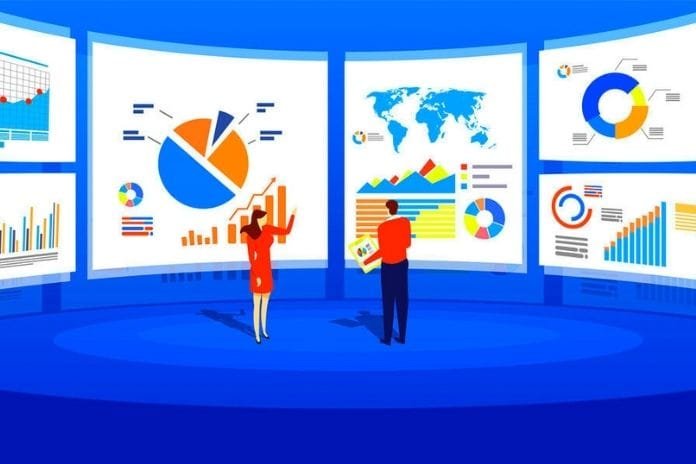
In a world where digital transformation has become an essential part of business growth, the terms Big Data and Analytics have become part of managers’ daily lives.
The reason? These concepts, together, influence revenue and the generation of new business opportunities, as they directly affect the relationship that brands have with their audience. The combination of Big Data and Analytics contributes to creating more punctual strategies in terms of improving customer experiences.
This is because, with a deeper analysis of all the data generated by consumers, it is possible to identify behavior patterns more accurately, anticipate trends and needs, and much more. In marketing actions, for example, these concepts provide essential insights that help a lot in strategies aimed at customer conversion and engagement.
When it comes to sales, deeper data analysis makes all the difference in prospecting processes and generating more qualified leads. Another form of application is in customer service. Research published in our article “Big Data as a source of revenue: Unleash the potential of your data” showed that 44% of B2C companies use Big Data and Analytics to improve responsiveness to their consumers.
Regarding the optimization of this service, it is essential to highlight that, more and more, customers want more agile and precise interactions, and these even interfere with their purchasing behavior.
What Is Big Data?
For the advantages and possibilities of Big Data and Analytics applications to become more apparent, it is essential that we first explain what each concept means. Do you agree? Big Data is a process used to analyze and interpret large volumes of data. In general, Big Data works with two distinct groups of data, which are structured and unstructured. Structured data have a more defined organization, such as information about the customer’s profile and location. This type of data is commonly extracted from software used by companies, for example, sales CRM, ERPs, financial systems, etc.
Data Analytics, What Is It?
And since we are talking about Big Data and Analytics, it is also necessary to explain the second concept more fully. Data Analytics is the process of analyzing the data stored in a company’s Big Data to extract relevant information and, based on it, generate insights that contribute to its growth.
In this way, it is also possible to say that Data Analytics consists of the in-depth examination of the raw data collected.
Among the advantages of using a Data Analytics strategy are:
- Interpreting complex data made easier
- Faster generation of insights
- Possibility to monitor data in real-time
- Improved tracking of the customer’s purchase journey
- Contribution to the cost reduction process
Interpreting Complex Data Made Easier
The Data Analytics process is the most suitable when a company needs to cross different data sources and extract information that will help improve the way it operates and its relationship with customers. This approach makes it possible to identify particular issues in the business, for example, which consumer profile purchases a specific product or service, among other information.
Faster Generation Of Insights
The previous advantage, in turn, contributes significantly to the identification of behaviors and needs. With this information in hand, you can more quickly get insights that can become essential improvement strategies to improve the customer experience.
Possibility To Monitor Data In Real-Time
Another perfect point of Data Analytics is the possibility of analyzing the company’s performance in real-time. This means that this solution allows monitoring, as it happens, pre-defined business issues.
For example, an e-commerce company can monitor the evolution of its sales and, based on the information collected, put into practice, on the spot, strategies that enhance them.
Improved Tracking Of The Customer’s Purchase Journey
Following this line, you can see that Data Analytics also helps improve the buyer’s journey. The data collected and analyzed contribute to, for example, identifying which path a potential buyer took to complete their acquisition. With that clear, the company can improve these interaction points and even reduce this path.
Contribution To The Cost Reduction Process
Also related to this, there is the possibility of visualizing more clearly points in this journey that generate unnecessary expenses for the company. In addition, there is a chance to see bottlenecks in the processes and in the completion of activities that are impacting the results delivered to customers and the productivity of the teams.
And Data Science, What Is It?
But when talking about Big Data and Analytics, another term that also often appears is Data Science, but what would it be? Data Science can be defined as the science of data. In practice, this concept refers to the study of data generated by a company, considering its means of generation, capture, transformation, and analysis.
Also Read: The “Five Vs” Of Big Data
